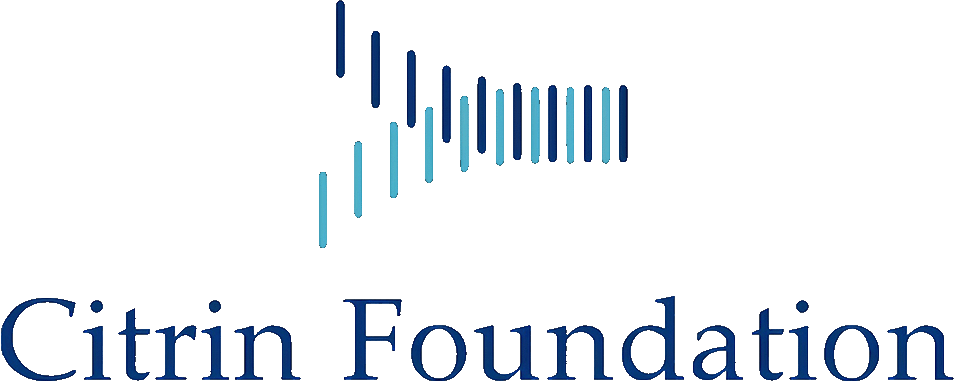The clinical presentation of citrin deficiency is often diverse between patients and can vary in severity, even between patients of similar demographics and ages. However, a characteristic sign of citrin deficiency that many patients share is a peculiar food preference that is rich in proteins and fats, while being low in carbohydrates. Patients often avoid consuming too much carbohydrates and tend to dislike sweet-tasting foods [Pinto et al. 2020; Okamoto et al. 2021].
Citrin deficiency can generally be distinguished by four main clinical phenotypes, which are neonatal intrahepatic cholestasis caused by citrin deficiency (NICCD) that affects infants [Ohura et al. 2007; Song et al. 2019; Saheki et al. 2020], the adaptation period (sometimes also referred to as the silent period or apparently healthy period) [Saheki et al. 2020], failure to thrive and dyslipidemia caused by citrin deficiency (FTTDCD) [Song et al 2011] and Adolescent and Adult Citrin Deficiency (AACD)* [Saheki and Song 2017], which represents the most severe form of the condition. Details on the clinical symptoms for each phenotype are shown in Table 1.
Not all infant patients may experience NICCD, and for those who do, the symptoms of NICCD generally resolve by 1 year of age with proper treatment and management. Children in the adaptation period may appear healthy although most may exhibit some of the symptoms listed in Table 1.
Post-NICCD, most children go through a silent period (sometimes referred to as the “silent adaptation period” or “apparently healthy” period). Children in this phase may appear healthy although most may exhibit some of the symptoms listed in Table 1.
A small percentage of patients may develop failure to thrive and dyslipidemia caused by citrin deficiency (FTTDCD), a novel phenotype characterized by poor weight gain, short stature, hypoglycemia, hyperlipidemia, and modest elevations in plasma citrulline and ornithine [Song et al. 2011; Japanese Society for Inherited Metabolic Diseases 2019; Häberle and Rubio 2022]. The clinical and laboratory features of FTTDCD are still being elucidated in order to properly define this phenotype.
AACD, the most severe form of the condition, may have an onset that is gradual or sudden and is thought to be triggered by certain insults such as alcohol consumption, long-term overconsumption or short-term heavy consumption of sugars, use of contraindicated medication, surgery, or serious infections. Without proper and timely medical treatment, some patients may also develop cerebral edema that can be fatal. However, not every patient with citrin deficiency will go on to develop AACD. In fact, most patients do not develop AACD with proper dietary management and follow-ups. Please see more details under “Frequency of the Condition”.
Please click here to learn more about the symptoms commonly faced by citrin deficiency patients. If you are having any of these symptoms or suspect that you may have citrin deficiency, please consult your doctor or reach out to the Foundation.
| Patient Age | Phenotypes | Clinical Presentation | Other Possible symptoms |
|---|---|---|---|
| Newborn | Neonatal Intrahepatic Cholestasis caused by Citrin Deficiency (NICCD) | Persistent jaundice, failure to thrive, fatty liver, hepatomegaly, cholestasis. Typically resolves after the first year of age | Abnormal bleeding, vitamin K deficiency, hypoproteinemia, galactosemia |
| > 1 year old | Silent / Adaptation period | Strong preference for protein/fat-rich foods, aversion to carbohydrate-rich foods and sugars | Hypoglycemia, fatigue, fatty liver, occasional stomach discomfort |
| Failure to Thrive and Dyslipidemia caused by Citrin Deficiency (FTTDCD)* | Strong preference for protein fat-rich foods, aversion to carbohydrate-rich foods and sugars, fatigue, hypoglycemia, gastrointestinal disorders, and growth impairment | Pancreatitis, hyperlipidemia, hepatoma, fatty liver | |
| Adolescence/ Adulthood | Adolescent and Adult Citrin Deficiency (AACD)^* | Characterized by sudden onset of hyperammonemia and citrullinemia. Patients may also present with steatohepatitis. Alcohol, excess carbohydrate consumption, surgery, or infections may be potential triggers | Pancreatitis, hyperlipidemia, hepatoma, fatty liver, low BMI |
Neonatal Intrahepatic Cholestasis caused by Citrin Deficiency (NICCD)
| Patient Age | Phenotype | Clinical Presentation | Other Possible Symptoms |
|---|---|---|---|
| Newborn | Neonatal Intrahepatic Cholestasis caused by Citrin Deficiency (NICCD) | Persistent jaundice, failure to thrive, hepatomegaly, cholestasis, diffuse fatty liver, and parenchymal cell infiltration. Symptoms typically resolve after the first year of age | Abnormal bleeding, vitamin K deficiency, hypoproteinemia, galactosemia |
Failure to Thrive and Dyslipidemia caused by Citrin Deficiency (FTTDCD)*
| Patient Age | Disease Subtype | Primary Symptoms | Other Possible Symptoms |
|---|---|---|---|
| > 1 year old | Silent/Adaptation Period | Strong preference for protein/fat-rich foods, aversion to carbohydrate-rich foods and sugars | Hypoglycemia, fatigue, occasional stomach discomfort |
| > 1 year old | Failure to Thrive and Dyslipidemia caused by Citrin Deficiency (FTTDCD)* | Strong preference for protein/fat-rich foods, aversion to carbohydrate-rich foods and sugars, fatigue, hypoglycemia, gastrointestinal disorders, and growth impairment | Pancreatitis, hyperlipidemia, hepatoma, fatty liver |
Citrullinemia type II (CTLN2)*
| Patient Age | Phenotype | Clinical Presentatione | Other Possible Symptoms |
|---|---|---|---|
| Adolescence / Adulthood | Citrullinemia type II (CTLN2)* | Strong preference for protein/fat-rich foods, aversion to carbohydrate-rich foods and sugars, hyperammonemia, citrullinemia, acute encephalopathy, conscious disturbances. Alcohol, excess carbohydrates, surgery, or serious infections may be potential triggers | Pancreatitis, hyperlipidemia, hepatoma, fatty liver, low BMI |
^It should be noted that only a small percentage of patients will develop AACD
* Previously known as Citrullinemia type 2 (CTLN2)
Please find the list of references here.


